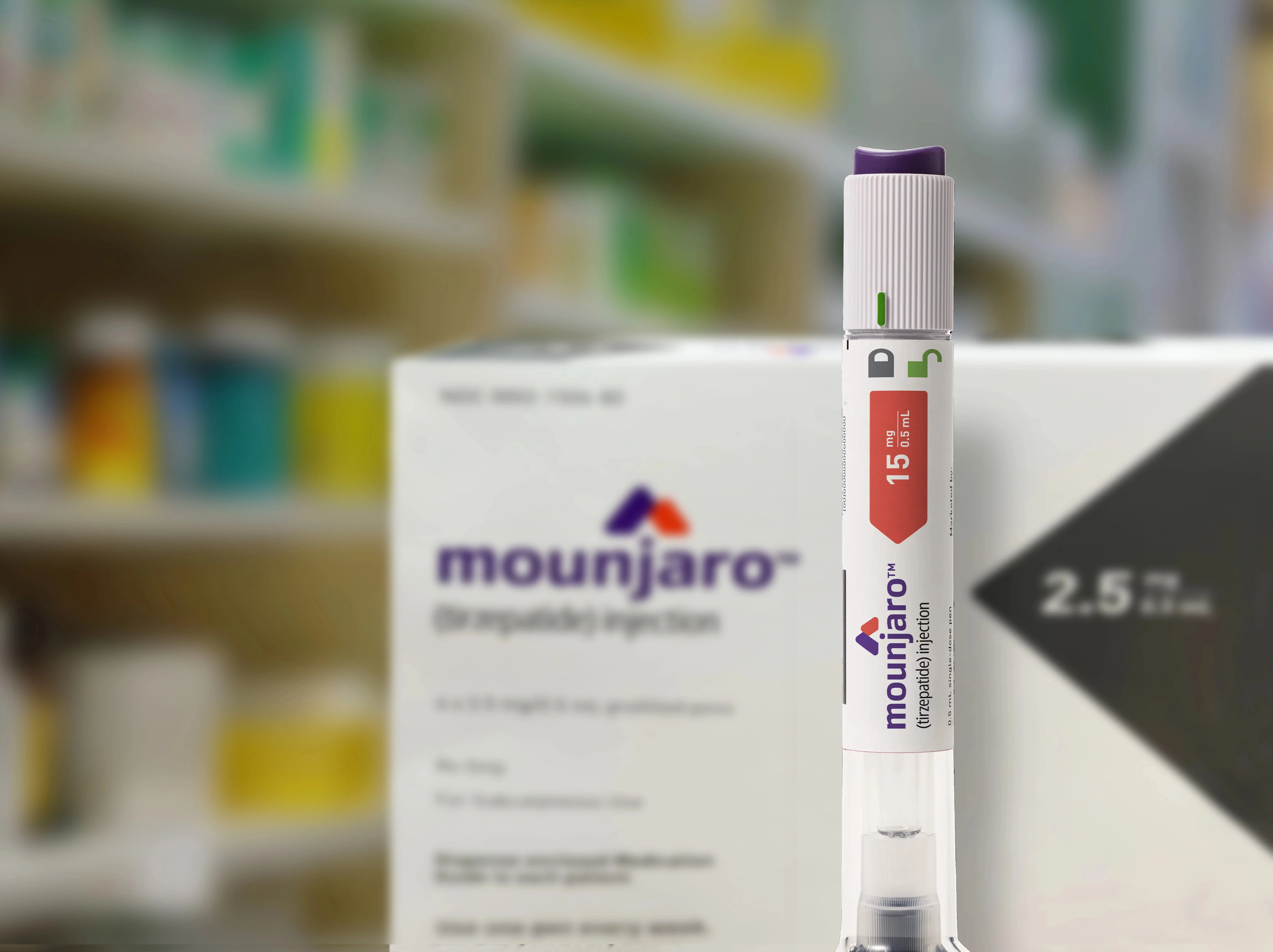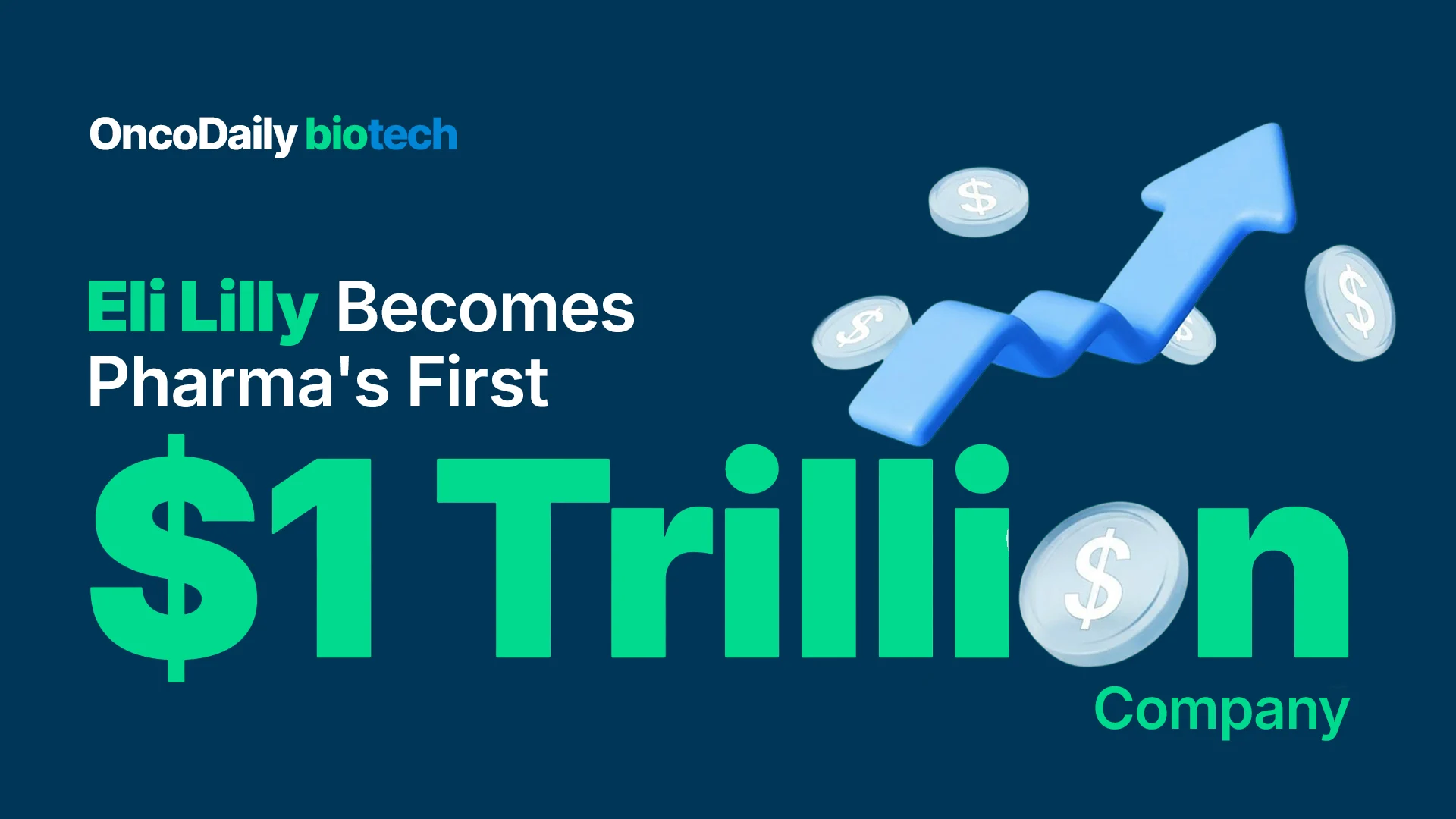According to BioPharmaDive.com, Eli Lilly has just become the first pharmaceutical company in history to hit $1 trillion in market value, a milestone usually associated with tech behemoths rather than traditional drugmakers. The 149-year-old company, founded by a Civil War veteran, briefly crossed the $1 trillion threshold on Friday, powered largely by its breakthrough medicines for obesity and diabetes. Lilly’s surge reflects how one therapeutic area – metabolic disease – has reshaped both the company and the wider industry
Obesity drugs that rewrote the playbook
At the core of Lilly’s rise is tirzepatide, the active ingredient in its diabetes drug Mounjaro and obesity drug Zepbound. These so-called GLP-1–based therapies have transformed expectations about what medical weight loss can realistically achieve.
- Zepbound can help patients lose about 20% of their body weight, with early evidence suggesting benefits for the heart, kidneys, and other organs.
- Mounjaro has shown a profound impact on diabetes, helping roughly four in five people with uncontrolled blood sugar bring levels back into a healthy range.
The commercial impact is just as striking. In the first nine months of 2025, combined sales of Zepbound and Mounjaro reached nearly $19 billion, pushing tirzepatide ahead of Merck’s cancer blockbuster Keytruda to become the world’s best-selling prescription drug and positioning Lilly to dominate a market analysts expect to hit $100 billion annually by 2030.
From “backwater pharma” to trillion-dollar titan
Lilly’s share price tells the story. The stock traded below $100 in 2018; it now changes hands at more than ten times that level, propelling the company into the same valuation league as the largest technology and consumer platforms.
At roughly $1 trillion, Lilly is now worth more than Walmart and over twice Johnson & Johnson, long considered the gold-standard blue chip in pharmaceuticals. Its market value is also roughly two-thirds that of Meta, Facebook’s parent. That’s an extraordinary shift for a company that, not long ago, was smaller and less prominent than peers such as Pfizer and Merck—and still employs a comparatively modest workforce of about 47,000 people.
Inside Lilly, however, a few leaders saw the potential early. Chief scientific and medical officer Dan Skovronsky highlighted tirzepatide’s first-in-human data back in 2017 as something out of the ordinary. CEO David Ricks has recalled that call as a turning point, when it became clear the drug might anchor an entirely new franchise rather than just another incremental product.

The GLP-1 boom reshapes big pharma
Lilly is not alone in the GLP-1 race. Danish rival Novo Nordisk has also been transformed by its own obesity and diabetes medicines, some of which now carry approvals for cardiovascular risk reduction and the treatment of metabolic dysfunction–associated steatohepatitis (MASH). Together, the two companies have turned GLP-1 therapies into blockbuster brands with mainstream recognition.
That success has created significant practical challenges. Demand has routinely outstripped supply, leading to drug shortages in multiple markets. The gap has been partly filled by compounding pharmacies producing copycat versions, which in turn has triggered concerns from regulators about quality and safety.
To respond, Lilly has launched what it describes as the largest investment in synthetic drug manufacturing in U.S. history, pouring billions into new and expanded plants to scale production of tirzepatide. Novo Nordisk is making similarly aggressive bets as both companies race to secure long-term supply and protect their positions in a rapidly expanding market.
Political pressure over price and access
The runaway growth of GLP-1 drugs has drawn intense scrutiny from policymakers, payers and employers, especially in the United States. The prospect of millions of people taking high-priced weight-loss medication for years has raised alarms about the budget impact on public programs and private insurance alike.
Lawmakers and health officials have started pressing manufacturers on pricing and coverage. Under that pressure, Lilly and Novo have agreed to various pricing arrangements and access programs designed to soften criticism and broaden availability. Still, many observers are skeptical about whether these measures are sufficient to meaningfully ease the cost burden on health systems or patients.
This tension—between record-breaking revenues on one side and affordability concerns on the other—has become a defining feature of what some analysts are calling the “GLP-1 era.”
Beyond injections: what’s next for Lilly?
With the trillion-dollar milestone crossed, investors are looking ahead. Lilly is preparing to launch one of the first GLP-1 pills for weight loss, an oral version aimed at people who are reluctant to use injections but still want access to the same underlying mechanism. The company has secured a regulatory priority voucher that can accelerate review time, potentially giving the pill an edge as more oral competitors move through the pipeline.
Behind that near-term launch, Lilly is developing next-generation obesity therapies designed to deliver greater weight loss, more convenient dosing, or both. The strategy is clear: extend its lead as rivals crowd into the field, while defending premium pricing with clinical differentiation and long-term outcome data.
CEO David Ricks has called Lilly’s position “a rare situation” in pharma history—a moment when one therapeutic mechanism creates a valuation gap between a single company and the rest of the industry. In his telling, the difference is essentially the GLP-1 effect.
- Whether the current valuation sticks will depend on a few big questions:
- Can Lilly manage manufacturing and supply without recurring shortages?
- Will long-term data continue to support the safety and durability of GLP-1 treatment as millions of people remain on therapy for years?
- How far will pricing and coverage reforms go in major markets, especially in the U.S.?
- And can the company continue to deliver on its pipeline, from oral GLP-1s to newer mechanisms that might eventually leapfrog today’s drugs?
For now, markets are betting that Lilly can thread that needle. A company once regarded as a solid but unremarkable Midwestern drugmaker has become, according to BioPharmaDive.com’s reporting, the emblem of a new, obesity-driven chapter in global pharmaceutical development.
